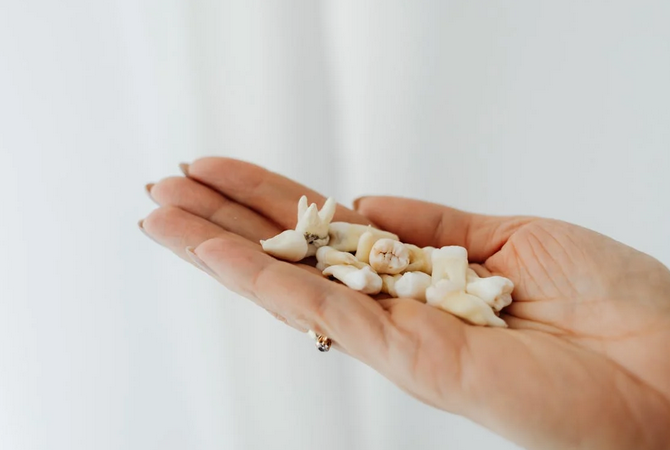Wisdom teeth can be a rite of passage for many, but they often come with their own set of problems. These third molars usually make their debut in your late teens or early twenties. While some people sail through the experience with no issues, others face pain and complications that signal it’s time to take action. When this is the case, shouldn’t they be looking for a dentist in Gladstone?
Ignoring the signs could lead to bigger dental headaches down the road. If you’re feeling discomfort or pressure in the back of your mouth, don’t brush it off as just another growing pain. Understanding when these pesky teeth need to go is crucial not only for your oral health but also for your overall well-being.
Signs You Need Them Removed
Not everyone needs their wisdom teeth removed, but certain signs can indicate trouble ahead. One of the first red flags is persistent pain in the back of your mouth. This discomfort often signals that your wisdom teeth are impacted or not coming in properly. Another common symptom is swelling around the gums at the site of these molars. If you notice inflammation or tenderness, it’s time to consult a dentist. Difficulty opening your mouth fully can also be a warning sign. This restriction could mean that your jaw joint is affected by a nearby tooth eruption. If you experience recurrent infections or bad breath despite good oral hygiene, an underlying issue with your wisdom teeth may be present.
The Extraction Process Step-by-Step

The extraction process begins with a consultation. Your dentist will evaluate your wisdom teeth through X-rays to determine their position and condition. Next, you’ll receive anesthesia. This may be local, sedation, or general anesthesia based on the complexity of the case and your comfort level. It ensures you feel no pain during the procedure. Once you’re numb, the dentist makes incisions in your gums if necessary. If a tooth is impacted, they might need to remove some bone around the tooth for better access. After that comes the actual removal. The tooth may be broken into smaller pieces for easier extraction. Once it’s out, any wounds are stitched up as needed.
First 24 Hours Critical Care
The first 24 hours after wisdom teeth removal are crucial for a smooth recovery. Right after surgery, bite down gently on the gauze provided to help control bleeding. Change it as needed, but avoid excessive spitting. Swelling is common, so apply an ice pack intermittently to your cheeks. This can minimize discomfort and inflammation in those initial hours. Stay hydrated by sipping water carefully. Avoid using straws; they can dislodge blood clots essential for healing. Nourish yourself with soft foods like yogurt or applesauce, nothing too hot or spicy just yet. Rest is vital during this period. It’s tempting to resume normal activities quickly, but give yourself time to heal properly.
Some Diet Adjustments

After wisdom teeth removal, your diet will require some adjustments. In the first few days, soft foods are key. Think smoothies, yogurt, and mashed potatoes. They’re gentle on the healing area. As you heal, gradually introduce firmer foods. Start with items like scrambled eggs or applesauce. Chewing should be slow and careful to avoid discomfort. Stay hydrated but skip straws for a while. Sucking can dislodge the blood clot that forms in the extraction site. By the end of the week, most people can return to their regular diet. Listen to your body and don’t rush it if something feels off. If pain persists with certain foods, consult your dentist immediately for guidance.
Taking all of these factors into account will help manage both physical comfort and emotional well-being throughout the wisdom teeth removal process. Pay attention to those early warning signs and do not delay seeking professional advice when necessary. Your smile deserves it.

